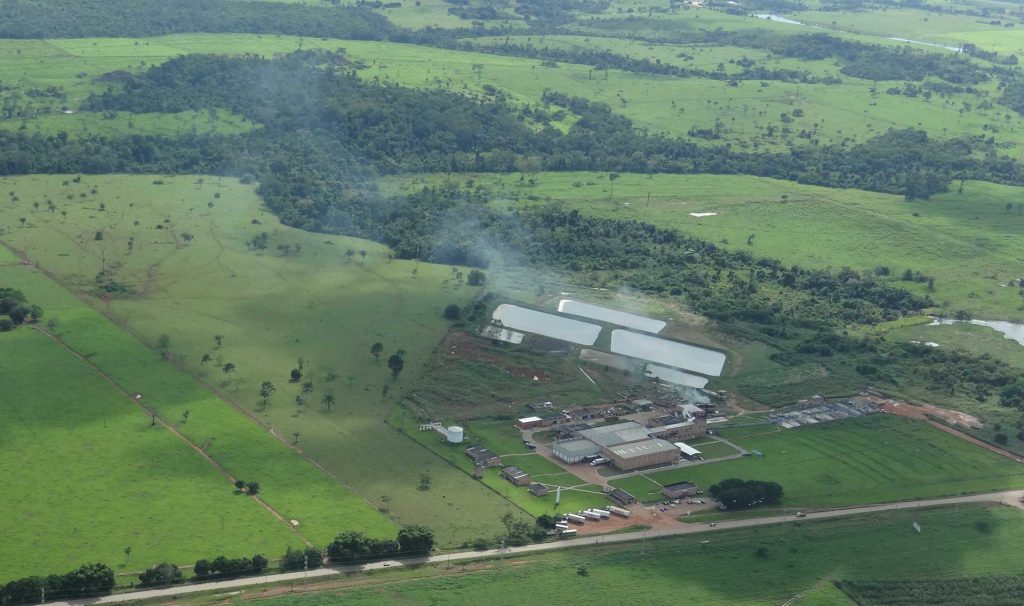Altamira drills hit 62 metres of 0.32 g/t gold in Brazil

Altamira Gold Corp. [ALTA-TSXV, EQTRF-OTC Pink, T6UP-FSE] has released an exploration update on three projects located in Northern Mato Grosso, Brazil.
The three projects cover 163,000 hectares of the Alta Floresta Gold Belt, which has produced an estimated 7.0-10 million ounces from placer mining operations during the gold rush of the 1980s when gold was washed from streams in a number of areas. All three were historic placer gold producers.
The company said results have been returned on all 13 of the diamond drill holes (2,056 metres) completed at the Mutum target on the Apiacas project. It said nine of the 13 holes returned significant intervals of low-grade disseminated gold mineralization, including 30.5 metres of 0.52 g/t gold in hole DDMUT007, and 62 metres of 0.32 g/t gold in DDMUTO13.
“The drill results at Mutum define an east-west trending zone of low grade disseminated gold mineralization over a 2.0-kilometre strike length, which is open to the west and east,” the company said in a press release.
“The initial drill results at Mutum (Apiacas) have provided significant encouragement regarding the potential for a large disseminated gold system extending over at least 2.0 kilometres strike length,” said Altamira Gold CEO Michael Bennett.
The Mutum target located within the Apiacas project measures approximately 6.0 kilometres by 1.0 kilometre and is the site of former major alluvial workings. Those workings have been targeted since 1980 by both organised companies, using scalable dredging. Artisinal, garimpeiro operations continue to the present day.
Altamira says approximately one million ounces of gold is thought to have been recovered historically from the alluvial and eluvial sources at Mutum. “To date there has been only minimal hard-rock (primary) extraction from the area,” the company said.
Widely-spaced drilling completed by Altamira has outlined wide zones of hydrothermal alteration and mineralization within the host rock granites and syenogranites.
To date, the company said drilling has been confined to four environmental permits, covering just 250 hectares within the central zone of the former Mutum alluvial workings. “Several highly prospective targets have not yet been accessed and await the grant of further environmental permits,” the company said.
Meanwhile, Altamira said drilling is in progress at the Cajueiro project which hosts an indicated resource of 5.7 million tonnes of grade 1.02 g/t gold (185,000 ounces) and an inferred resource of 12.7 million tonnes of grade 1.26 g/t gold (515,000 ounces).
An area called the Baldo target is being tested initially where previous trenching returned values that include 28 metres at 3.0 g/t gold and 7.0 metres of 5.5 g/t gold.
Following the completion of six holes at Baldo, the rig will move to the previously untested Maria Bonita target, which is a very strong gold-in-soil anomaly with values in excess of 1.0 g/t gold in soils.
Also, results are pending from 23 diamond drill holes covering 3,631.9 metres at the Santa Helena project, where drilling has largely focused on vein-style gold occurrences associated with historic garimpeiro workings. This follows the recent identification of porphyry-style alteration in the three initial drill holes.
Altamira shares were unchanged Thursday at 16 cents and currently trade in a 52-week range of 37.5 cents and 15 cents.
